Luz Broto | A Gallery, a Chapel, a River, a Theatre, a Plot, a Square, a Library
The staged site
Since her very first action Occupy the Entire Space on a Public Holiday at the Bar La Piola in Madrid on January 7, 2007 –a five-minutes lasting happening to test in a non-standard way the maximum capacity of a public venue that is determined by official regulations– Luz Broto (Barcelona, 1982) has realized so far some thirty interventions, all of them specially conceived for a specific occasion or situation. The rather pragmatic titles may give a first clue but don’t really reveal the austere nature of her work, as for example: Sleep with the Doors Open (Sea Port Hostel, Barcelona, 2008), Remove a Stone from the Wall of La Capella (Saint Corneli Chapel, Cardedeu, 2009), Deactivate the Safety Protocol at two Points in the Room (La Casa Encendida, Madrid, 2010), Occupy a Grandstand (Canódromo Meridiana, Barcelona, 2012), Tie Up Loose Ends (garcía | galería, Madrid, 2014), 17 m (ADN Gallery, Barcelona, 2014), or Open a permanent hole (Macba-Museu d’art contemporani de Barcelona, 2015).
These first indications obviously show that the artist deals above all with scripts and instructions related to given contexts or spaces, circumstances that often implies the engagement of the visitor too. But the most striking of her reduced and stripped-down appearing work is the contrast between INPUT and OUTPUT: between the preceding, extensive analysis about a site or venue, it’s historical facts, social interactions, architectural structures, legal regulations, logistic restrictions, protocols or even rumours, and the result of that. The OUTPUT –the plot so to speak– is minimal, sparse and often almost invisible: be it as a note, a postcard, a sealed envelope, some junk, a signpost, a list or the live- confrontation with an action. The works of Broto thus exist only in a simultaneous relation to a site, an event or during an exhibition for which they have been produced. This raises complex questions about the status of the work once it has already happened.
On the occasion of her second solo exhibition at the garcía | galería, the visitor doesn’t encounter a new site-specific intervention but instead a selection of pre-existing works, or what I would call a “displays of surrogates”. Those elements are actually “props”, real and vital objects that have been used during the research process as secondary material, that activated the scenery or that document as evidences the work in-situ. Those props become in the light of being exhibited in an archival configuration the lasting work of art. We witness here a kind of “Back-to-the-Future-effect”, a “stage” on its own rights and rules, which reflects ¬–and potentially reactivates– in a particular way social conditions we haven’t been part of at the time. As a consequence of this we do not witness the site-specific aspects of the works but instead the site-sensitive information in absence of the original context.
Once more, the exhibition of Luz Broto has a descriptive title, now not as instruction but as a factual listing of typologies of public and private venues. A Gallery, a Chapel, a River, a Theatre, a Plot, a Square, a Library refers to the initial spaces and places: the main gallery of the Secession in Vienna (Adjust to the External Temperature, 2011), La Capella of the Hospital de la Santa Creu in Barcelona (Make way for the unknown, 2011), the Seròs channel of the Segre river (Raise the Water Level of a River, La Panera, Lleida 2014), the back stage spaces of the Mercat de les Flors in Barcelona (Get Lost on the Way, 2014), an unused plot in Barcelona (274,59 m2, Blue Project Foundation, 2015), the Plaça Nova in the city centre of Barcelona (+10.03, Col·legi d’Arquitectes de Catalunya, 2016), and finally the library of the Koldo Mitxelena Kulturunea in San Sebastian (Abrogate the rules of use relating to silence, 2016). All this projects deal with notions as “itinerary, regulation, infrastructure, incidents, inside-outside” that we can find in many of Broto’s interventions.
Luz Broto’s artistic strategy is grounded in the tradition of conceptual art. The shift from site-specific to site-sensitive becomes apparent and finds its simile in the aphorism by the American artist Michael Asher, who paraphrased in 1974 the iconic motto of Modernism, “less is more”, with a witty “less is enough” 1).
The new limited edition Proposiciones (2016) complements the seven works displayed in the custom made showcases and embodies the “less” in a condensed way. It lists in chronological order the ideas of the 32 realized proposals so far, that can be understood here in many ways: as an index, a script, a manifesto, a poem, a retrospective momentum.
1) Sandy Ballatore, Michael Asher: Less is Enough, in: Artweek 5, no. 34 [October 12, 1974].
Moritz Küng
Barcelona based Moritz Küng is an exhibition curator and book editor working above all at the intersection with art and architecture.

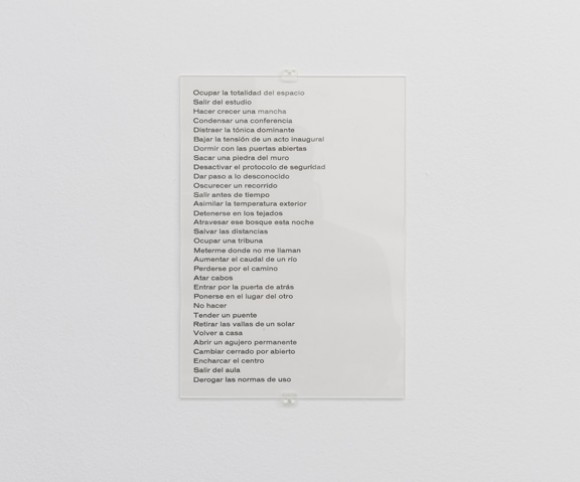
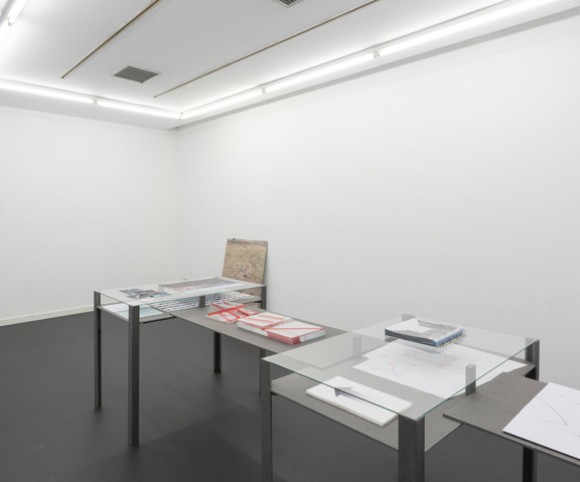
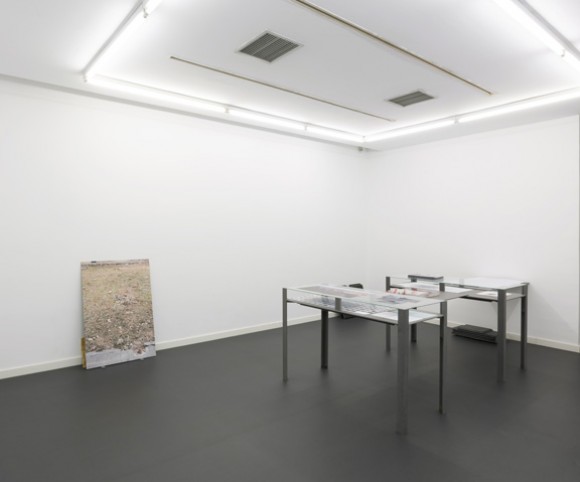
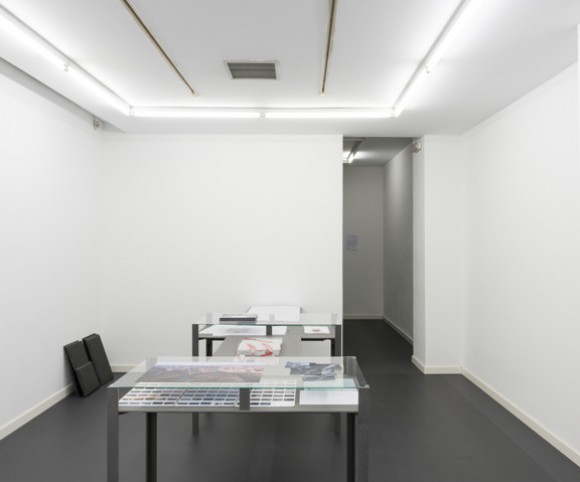
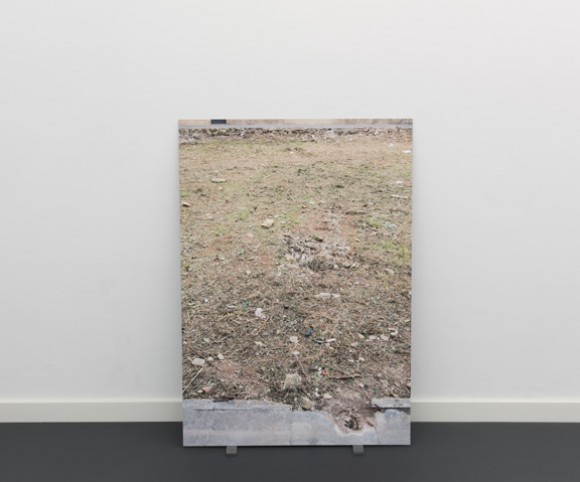
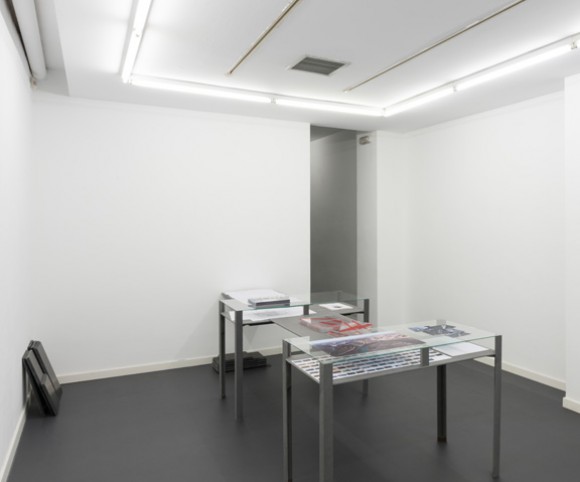
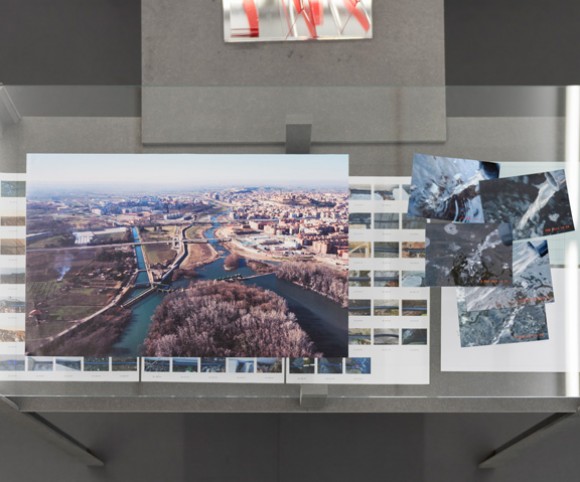
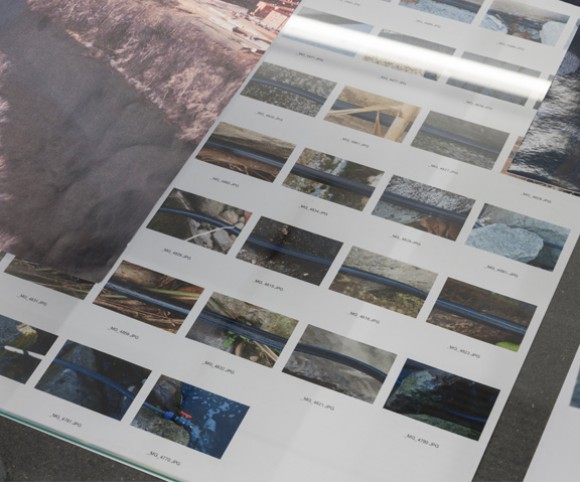
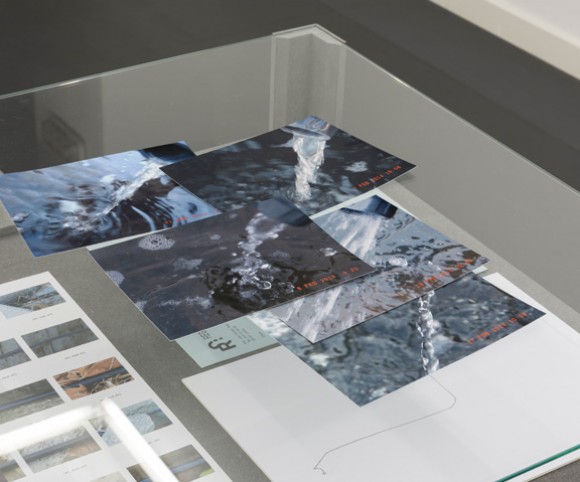
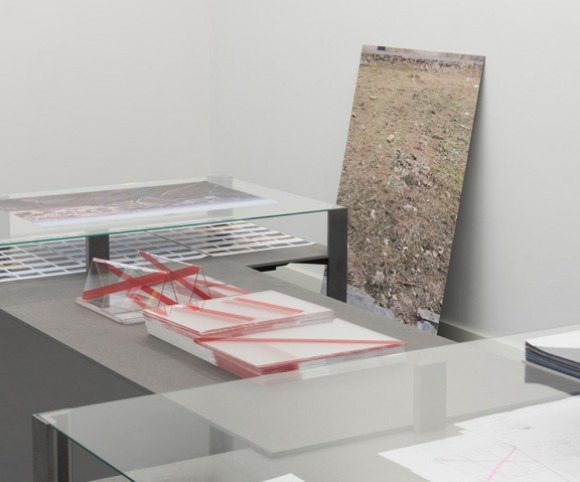
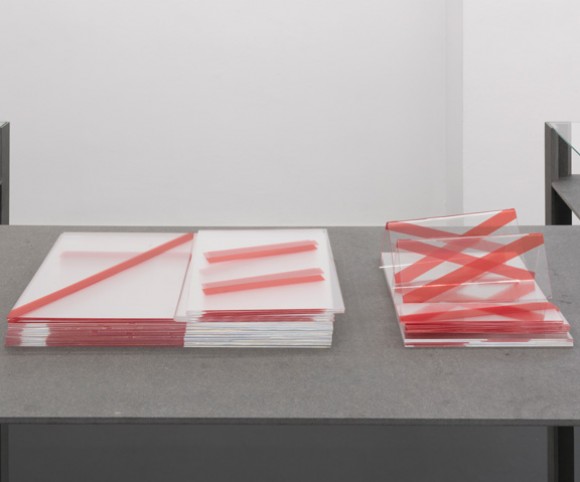
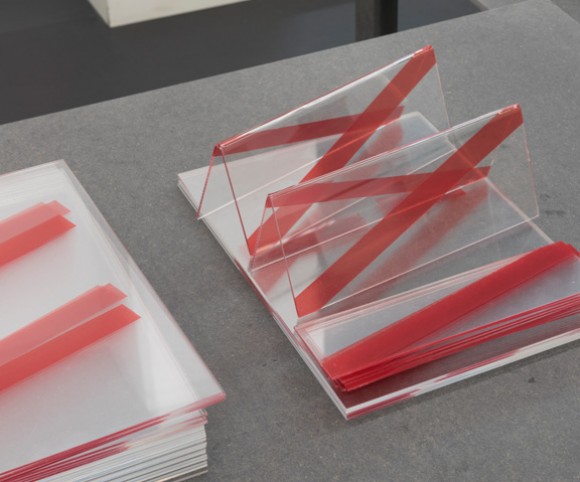
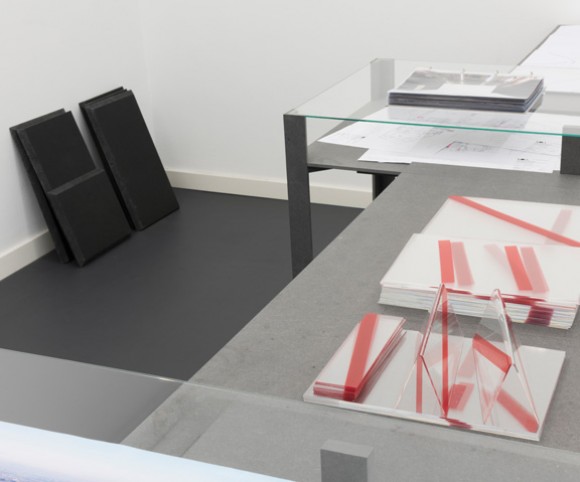
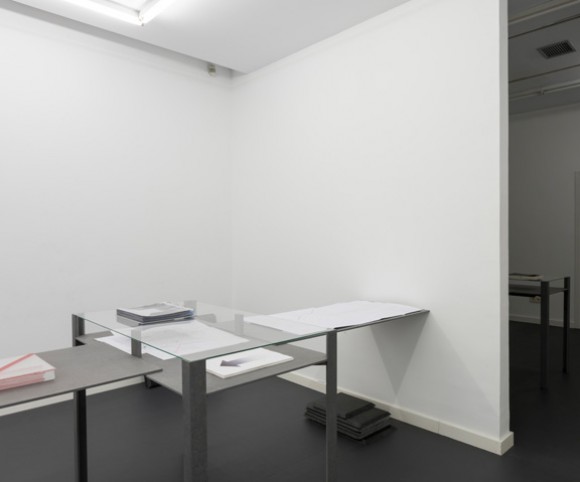
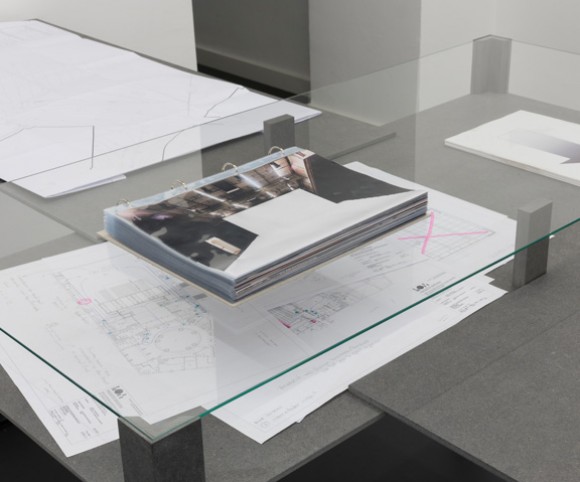
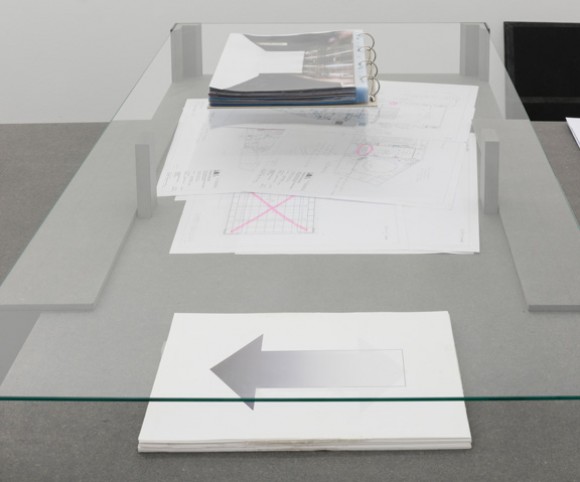
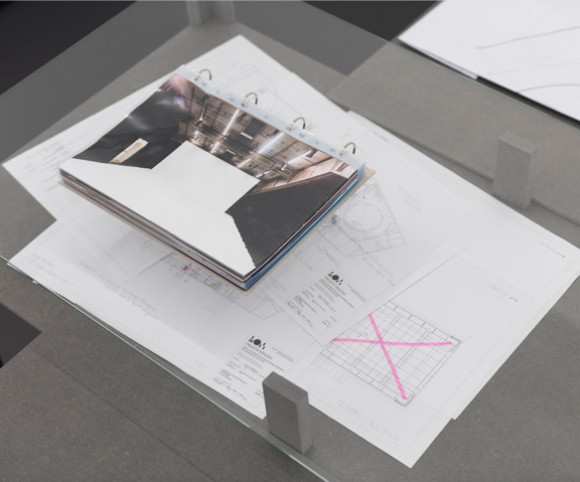
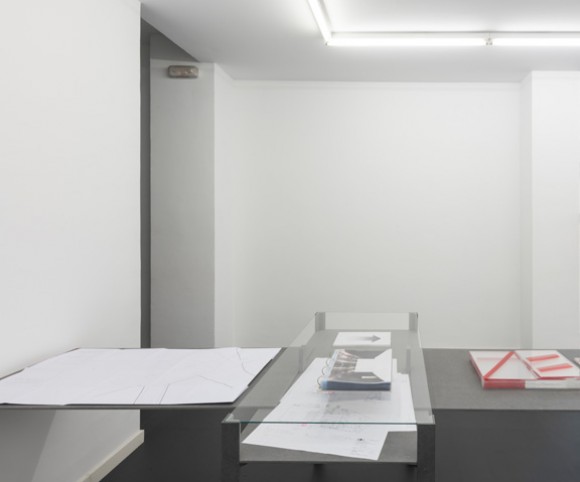
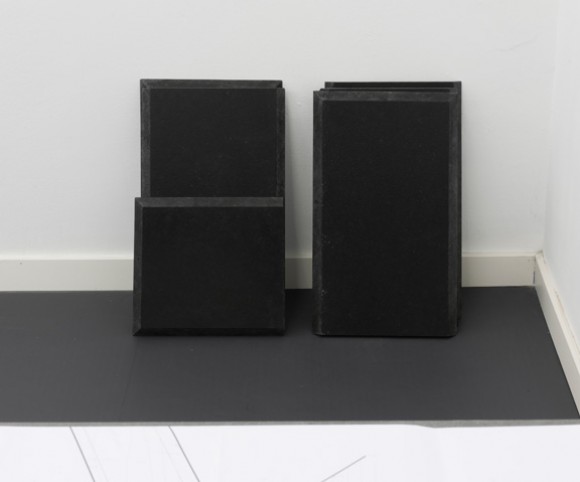
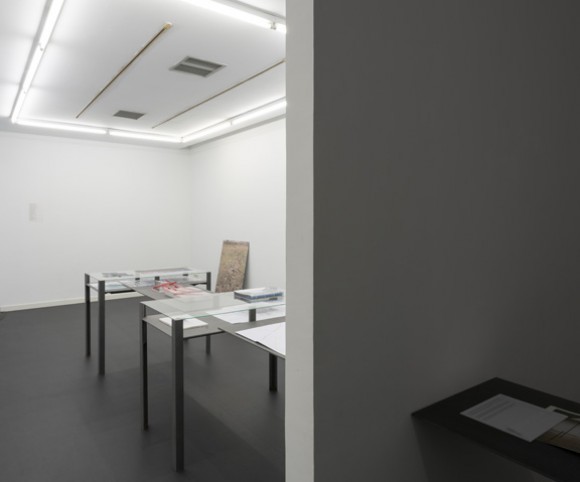
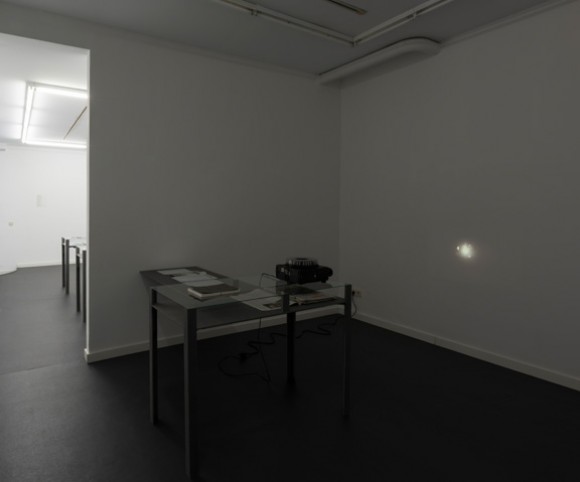
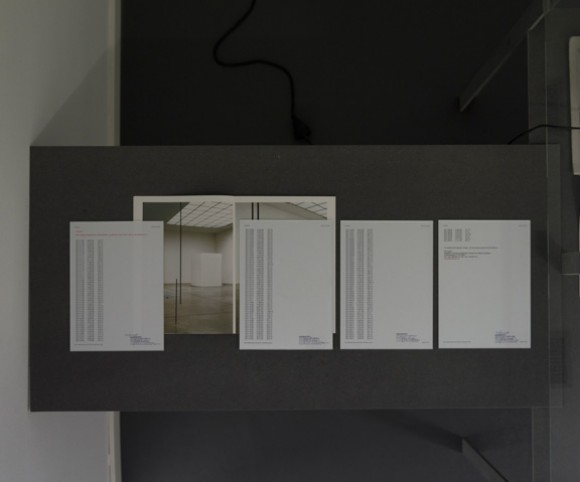
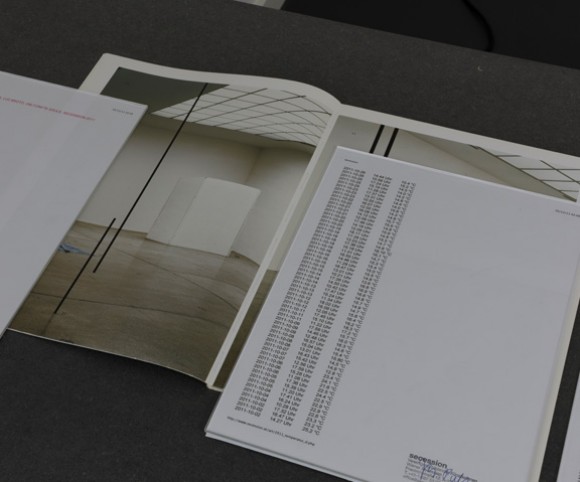

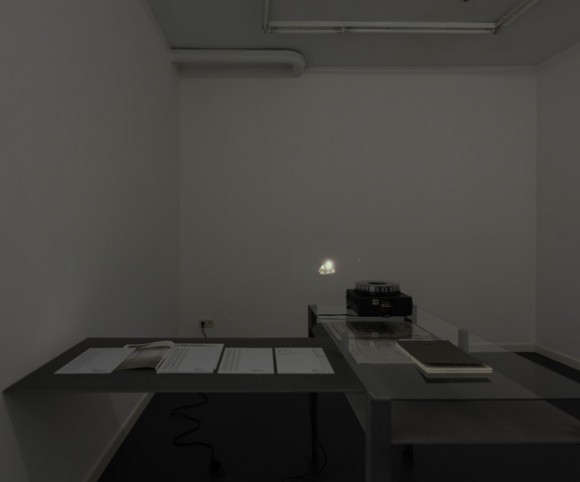
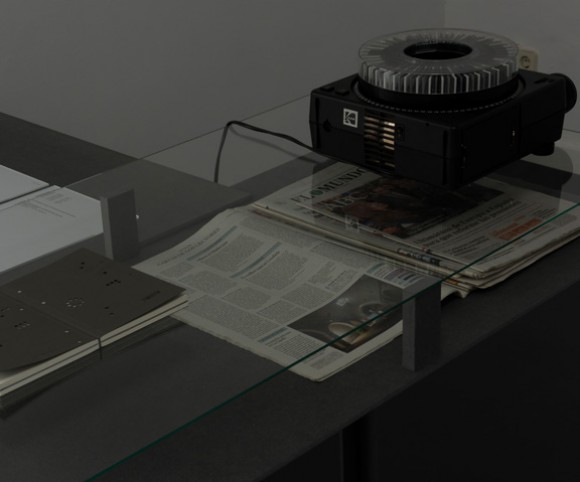
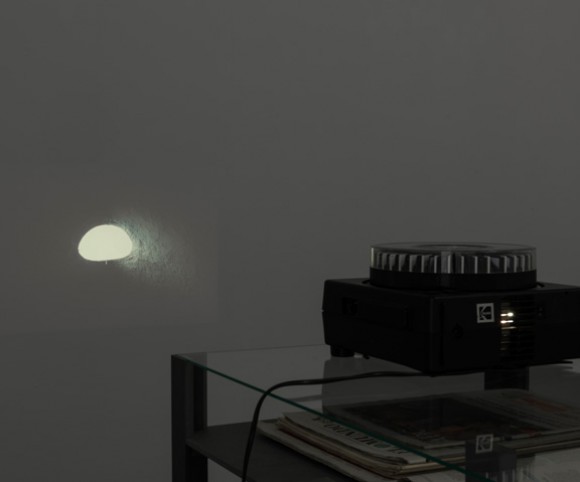
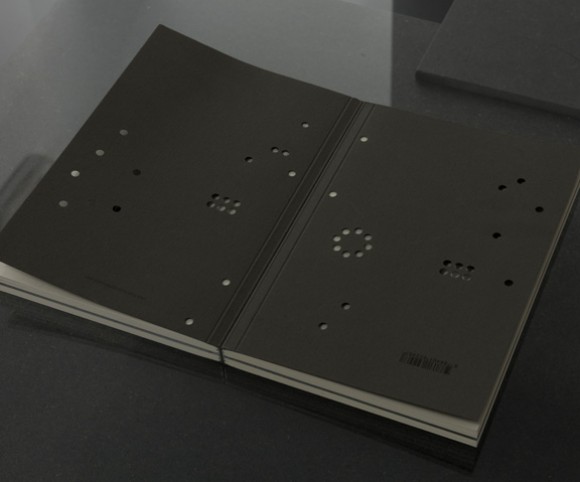
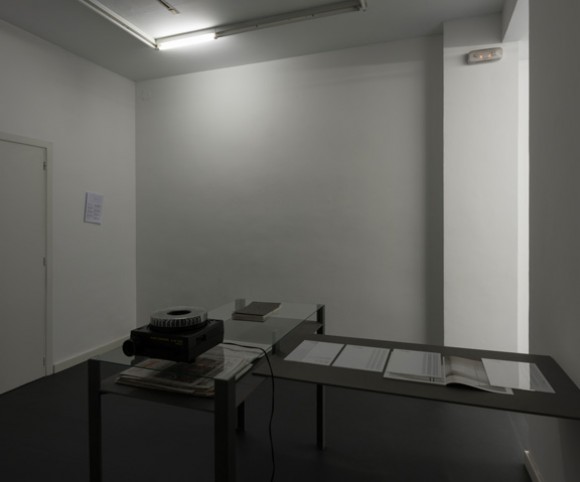
 sending...
sending...